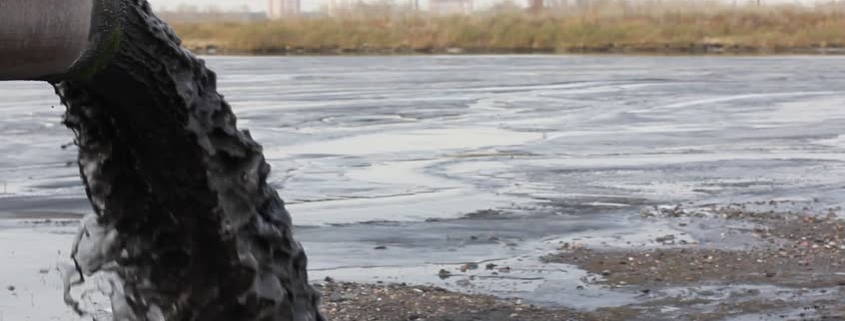In recent years, although the pace of development of the petrochemical industry has gradually slowed down, demand and consumption are still increasing, and it is still the pillar industry of today’s world. While the petrochemical industry is developing, it has generated a large number of environmental pollution problems. In the process of exploitation, oil will produce oil sludge due to the operation process and treatment process. At the same time, a large amount of oil sludge will be produced in the petrochemical refining production process and the treatment of oil sewage.
The amount and storage of oil sludge is currently very large in China. In terms of domestic refineries and oil fields, the amount of oil sludge produced is increasing, especially in major oil fields in China. In addition, China’s major oilfield companies need to drill more than 2,000 wells, such as wells, production wells and production wells. In the process of drilling wells, each well will produce 70m3 ~ 100m3 of waste mud, making it only drill well every year. It produces about 4×104m3 of oil sludge. The following table shows the annual output of oil sludge in major oil fields in China.
| Annual output of oil sludge | ||||||
| Oilfield | Liaohe | Shengli | Dagang | Henan | Daqing | Changqing |
| Output | 2.4×105t | 1.16×105t | 1.5×105t | 5×104 m3 | 1.4×105m3 | 2.78×105t |
These oil sludges not only contain a large amount of oil resources, but also contain a large number of harmful and toxic substances. If they are not treated properly, they will not only waste a lot of resources, but also cause serious environmental pollution. In China, in response to the problem of oil sludge generated by various production processes in enterprises, relevant departments of China have jointly formulated standards to require enterprises to pay sewage charges of 1,000 yuan/t while discharging sludge, which not only greatly increases the production cost of enterprises. At the same time, it also limits the serious harm to the environment caused by enterprises in pursuit of their own interests. Therefore, the harmless and resource-removing treatment of oil sludge is imminent.
China has successively issued the “Hazardous Waste Incineration Pollution Control Standards” (GB18484-2001) and the “Hazardous Waste Landfill Pollution Control Standards” (GB18598-2001) and other standards, and the corresponding regulations to require the corresponding responsible party must be on the oil sludge. It is treated to achieve its harmlessness in the “Technical Specification for Pollution Control of Waste Mineral Oil Recycling”, oil sludge with oil content > 5% must be recycled. In GB4284-84 “Contamination Standard for Pollutants in Agricultural Sludge” In the case of sludge that can be used in farmland, there is a clear requirement that the content of mineral oil should not exceed 3000 mg/kg.
The oil sludge pyrolysis gasification unit independently researched and developed by LCDRI has the advantages of precise automation control, safe and reliable system operation, high dry distillation efficiency, etc. Through the resource treatment of oil sludge, gas-liquid solid three-phase separation, extract oil products of oil sludge to achieve a win-win situation for resource recovery and environmental protection. The oil sludge decontamination gasification unit will become a general trend of oil sludge treatment for the harmless, resource treatment and utilization of oil sludge.



